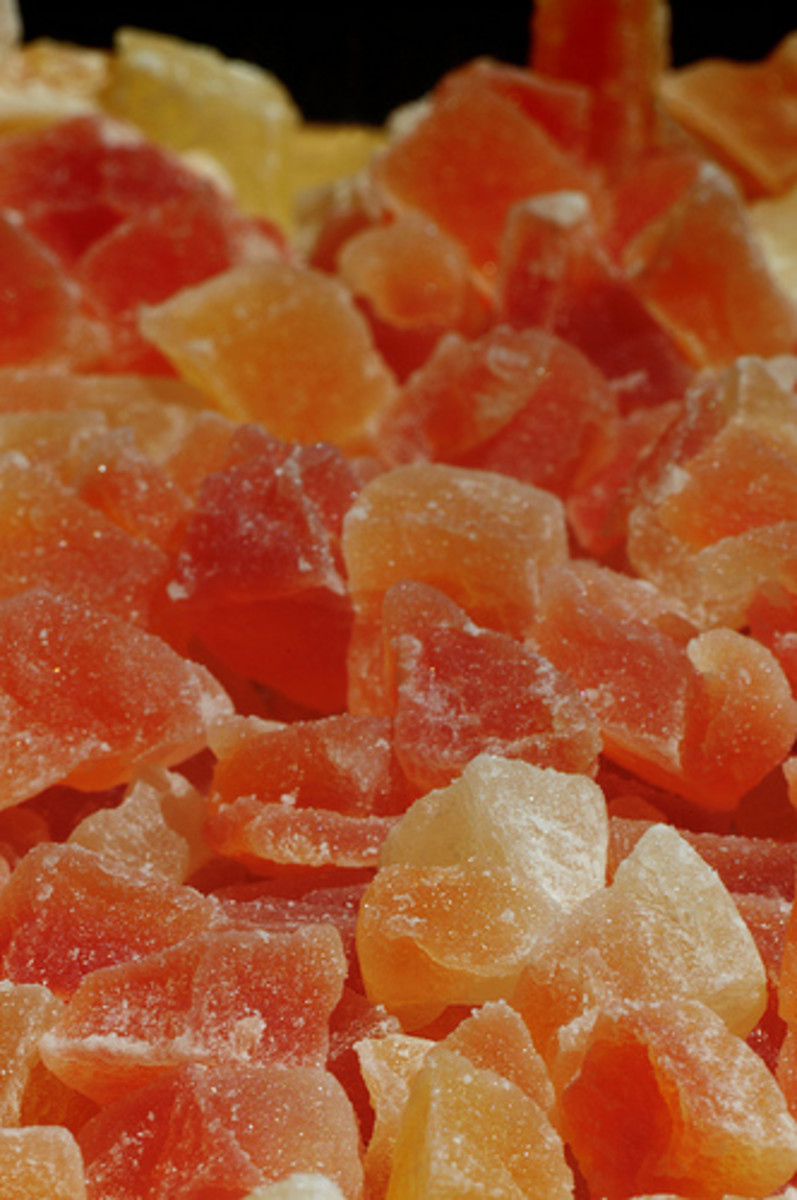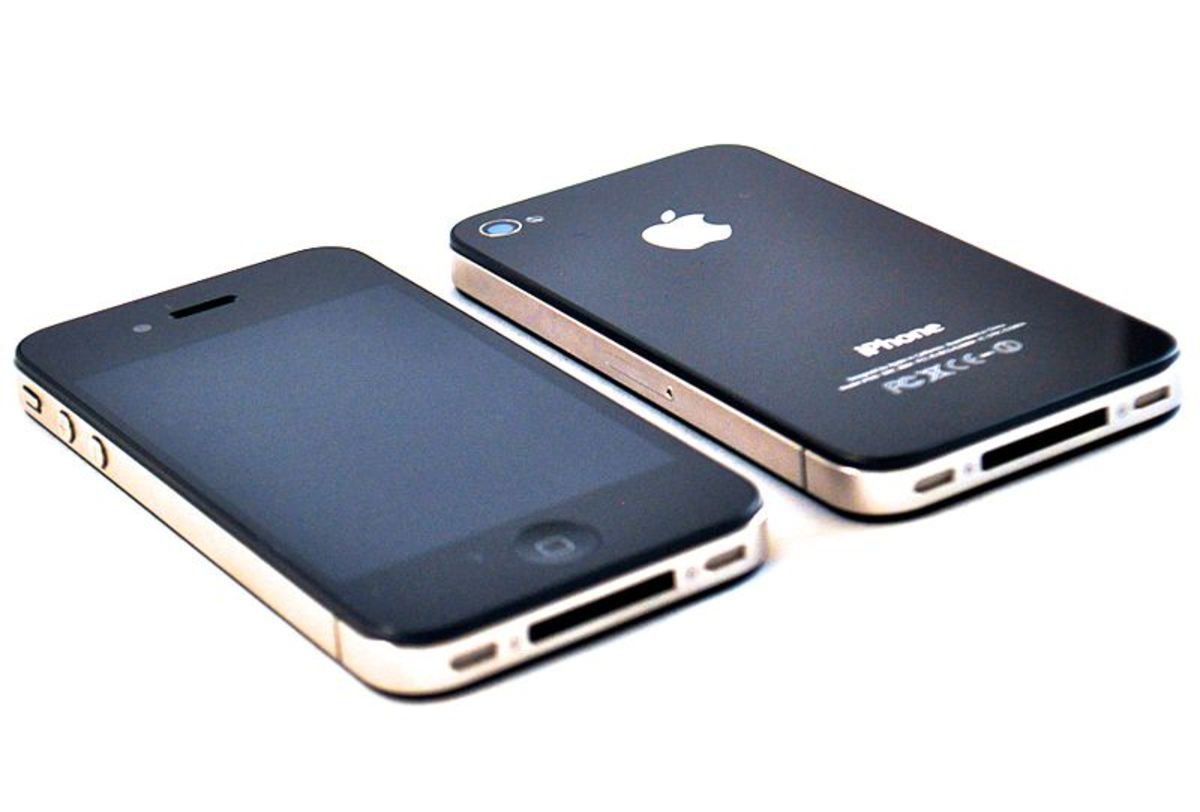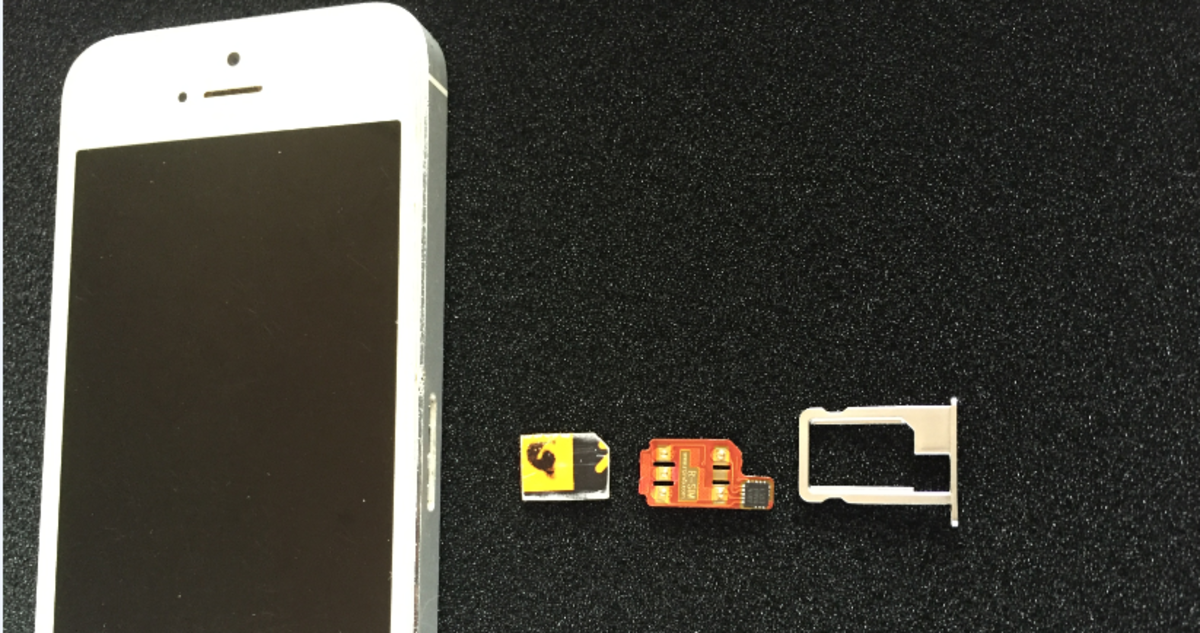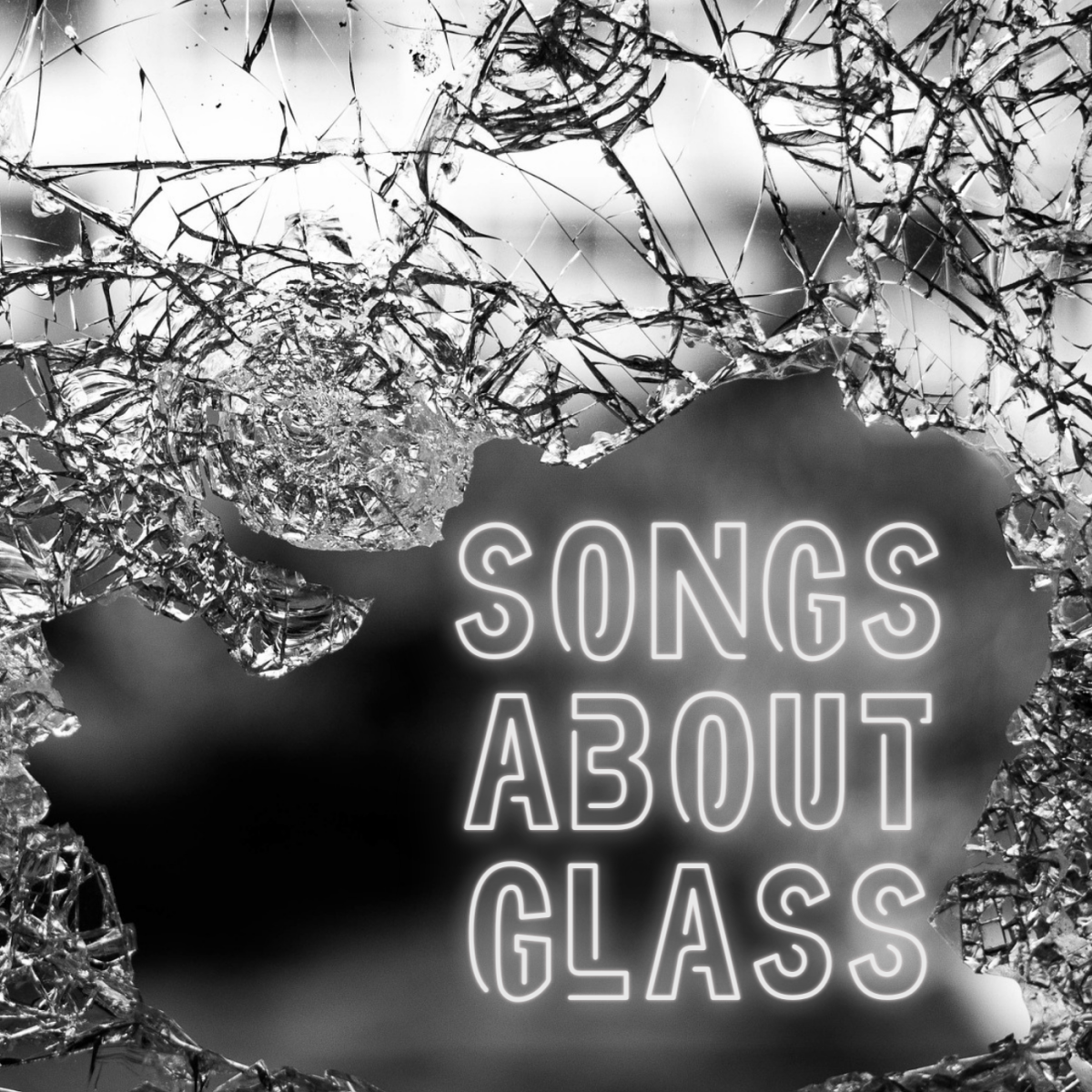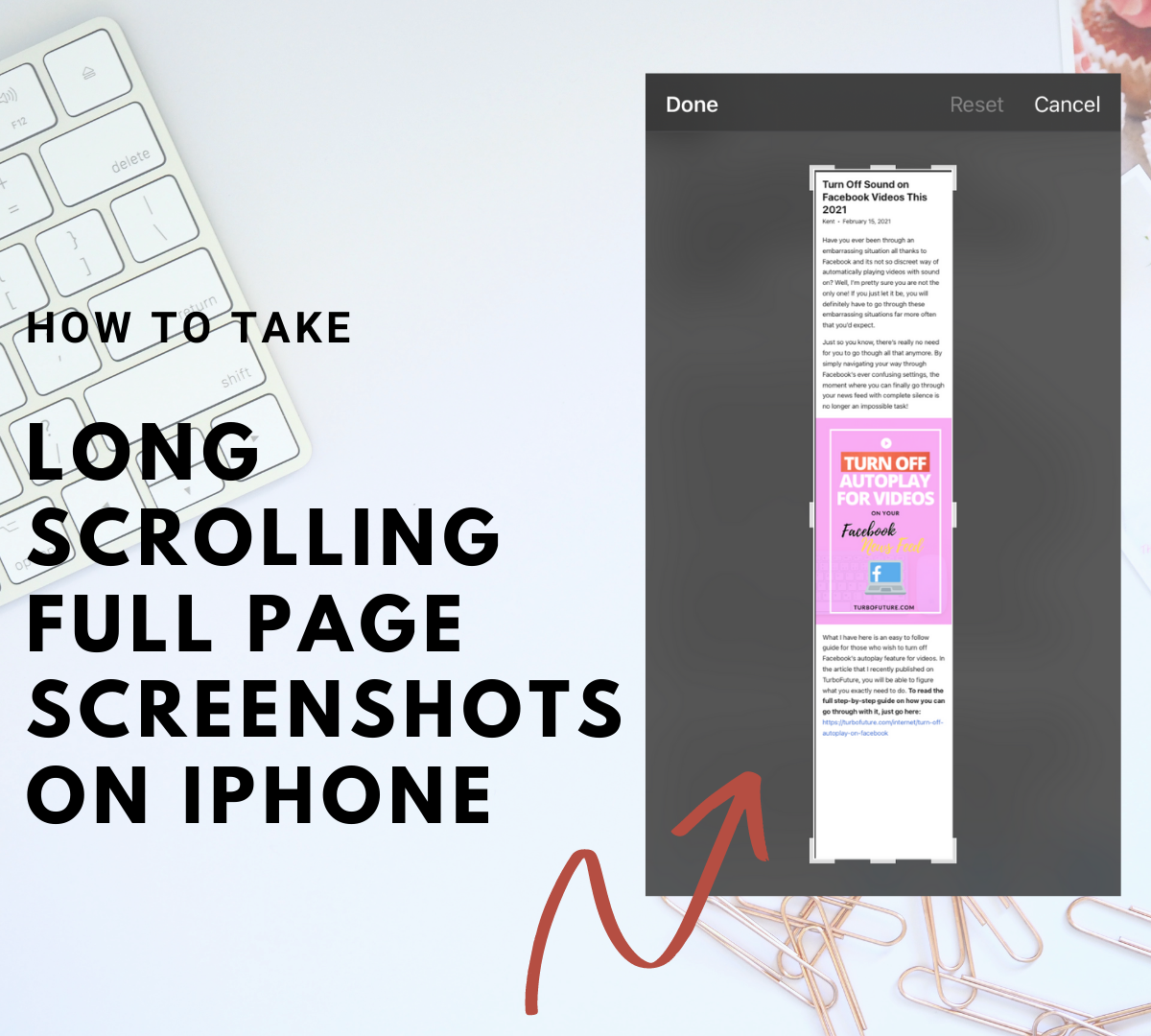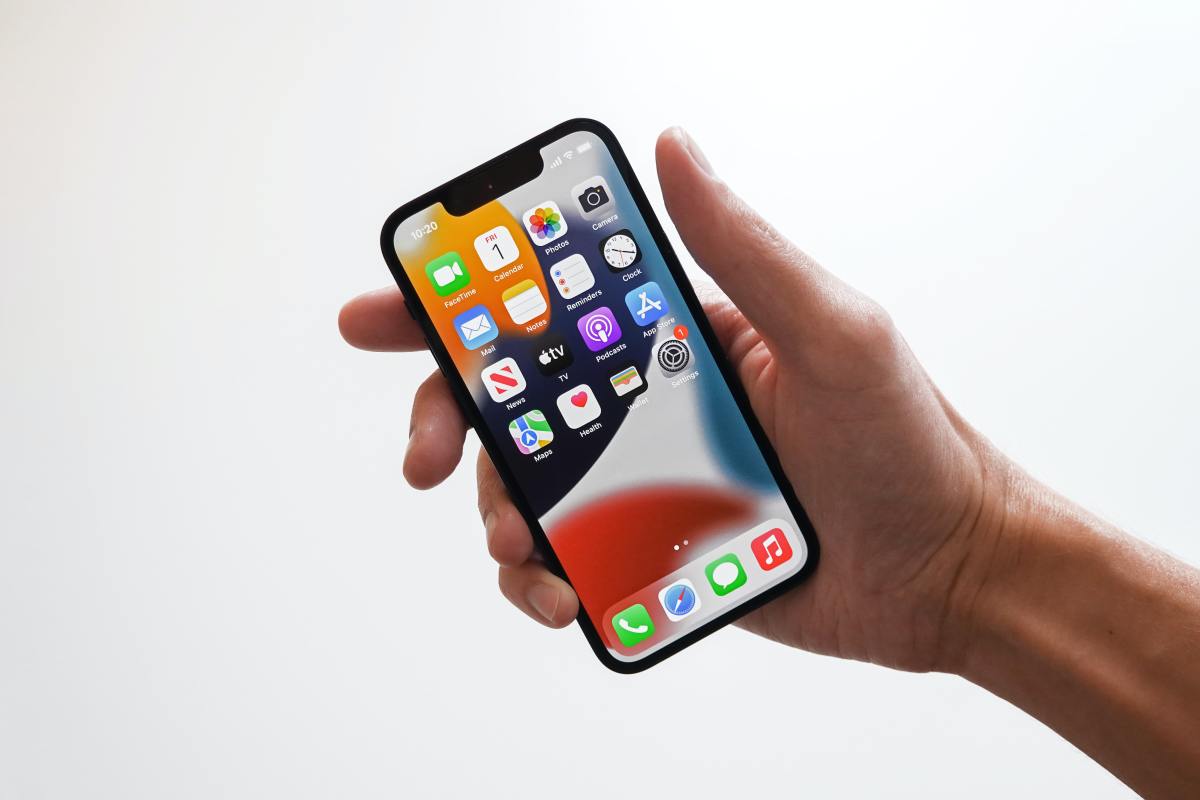- HubPages»
- Technology»
- Communications»
- Smartphones»
- iPhone
All About the iPhone Glass Screen and Repair
On this page you will find tons information on broken iPhone glass and iPhone glass repair options. So let’s start at the beginning. How does iPhone glass break in the first place?
How does the glass on my iPhone break?
Shattered glass is unfortunately a very common problem for the iPhone 3G, 3Gs, and 4. In fact, it is perhaps the most common issue that iPhone owners face related to accidental damage. So how does the glass on an iPhone usually break?
The outer glass on the iPhone can break for a number of reasons, but broken glass is most commonly caused by the impact from a drop or fall. Even though broken glass is generally caused by a drop, a drop does not always result in broken glass. If you are an iPhone owner, you have likely dropped your iPhone dozens of times and not suffered any damage at all. So what specifically causes the glass to break? Well, as you might imagine there are several factors that influence an impact resulting in broken glass.
The obvious influencing factors are the height of the fall and the surface of impact. The higher the fall, the greater the force of impact, the more likely the glass is to break. Similarly, the harder the surface of impact, the more likely the glass is to break. Of course this is common sense; anyone would rather drop their iPhone from 2 feet onto carpet than from 10 feet onto concrete. But what are the other not-so-common-sense factors that affect glass breaking on the iPhone? This is the exact question we took to a South Florida drop test lab. Armed with several iPhones and a high speed video camera capable of recording at up to 15,000 frames per second, we hoped to find out exactly what kind of impact causes broken glass on an iPhone.
After a day spent breaking iPhones, we reached two important conclusions. First, a face down drop is the best way to break the glass on an iPhone. Second, glass breaking in high speed makes for very entertaining video. To see some of our drop tests in high speed, check the video below. Unfortunately, is it difficult to watch the glass break in a face down drop test, so only corner drops were recorded.
It was surprisingly difficult to break the glass in a non-face down drop orientation. The corner drops seen in the video would only cause a break at high velocity (simulating a 15ft + drop). Also recorded in the video above is a direct glass impact. Test 4 shows a 1.25” steal ball being dropped directly on the screen of the iPhone. This simulates direct impact from a corner of a table or other object if you were to bump it while your iPhone is in your pocket. During this simulation, the glass clearly shatters, however amazingly, the LCD remains completely intact and functional.
It was concluded that drop orientation plays a key role in glass failure on an iPhone. Though we had a difficult time reproducing consistent glass failures in the lab, we admit that our brief tests were far from comprehensive and we have heard from hundreds of customers who have broken their glass from as little as two feet. Glass break is somewhat illusive. Glass does not like to bend, or be contacted by sharp objects. Often the worst impacts are when the phone hits on the front but first contact is on a corner or side. These types of impacts are subtle but cause the phone to twist during impact and bend and often break the glass.
Types of Broken Glass on the iPhone 3G, 3Gs, and 4
There are two layers in the glass of the iPhone. The outer layer is the glass that is physically touched on the iPhone screen, the second layer is called the digitizer and is responsible for the functionality of the touch screen. The digitizer senses where on the screen the user has touched and responds accordingly. Both of these layers are susceptible to cracks or shattering, however, it is far more common for the outer layer of glass to break. Generally, after the glass has broken on the iPhone, the touch screen continues to function properly as the digitizer layer remains intact. Below are some of the most common kinds of cracked glass on the iPhone.
Cracksare straight or crooked lines extending across the glass. Cracks can extend through the front and back of the glass or just exist on one side of the glass. Cracks can grow, so they should be repaired as soon as possible.
Starbreaksare long cracks extending from a central point of damage. Starbreaks can grow over time and with continued phone use, so they should be repaired as soon as possible.
Bull’s eyesare circular cracks and fractures that look similar to a target of concentric circles.
Chips are usually small indentations in the glass. Chips do not extend completely through the glass and are generally caused by sharp objects. Chips weaken the glass and can predispose glass to cracking. It is recommended that you pursue iPhone repair if your glass is chipped.
Total Shatters occur when the entire surface of the glass has been broken. This is the most serious kind of break and can occur from high velocity impact. Generally, shards of glass will begin to fall out of the phone during use if the glass in not replaced.

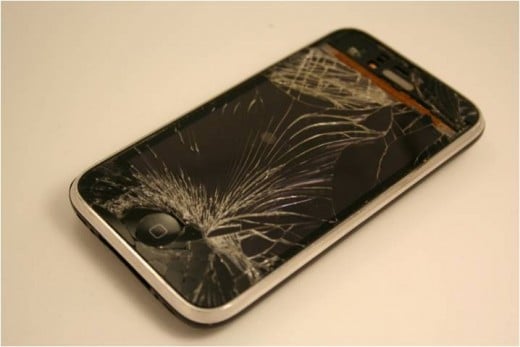
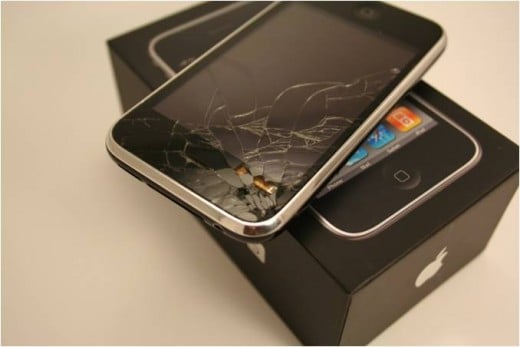
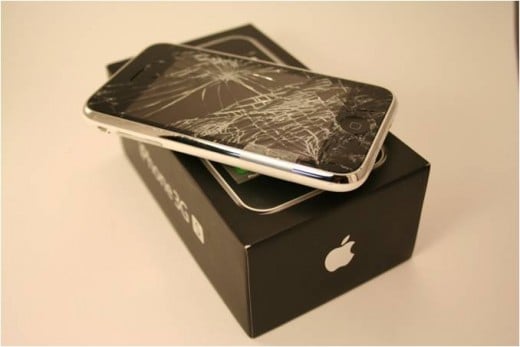
It is important to note that once the glass on your iPhone is cracked or chipped it is not as strong as it was when it was intact. Any kind of blemish or chip seriously compromises the integrity of the glass. This is because any type of crack in the glass serves as a stress concentrator. Instead of the stress of an impact being spread out over the surface of the glass, it is now concentrated at the crack making the crack very likely to propagate throughout the glass or for the entire glass to shatter. If the glass on your iPhone has begun to crack, is it recommended that you replace the glass immediately to avoid further damage. Cracked glass not only provides a hazard to the user, it also allows foreign material to enter the phone and compromise the electrical function.
iPhone Glass Repair
Once the glass on your iPhone has broken, you have three options. You can live with the damage and attempt to use the phone normally, you can attempt to replace the glass yourself or you can send your iPhone to uBreakifix.com for iPhone Repair. Glass replacement on an iPhone can be a difficult and tedious task and we do not generally recommend attempting it yourself unless you have had experience working on the iPhone or other similar devices in the past. Inexperienced users often purchase the iPhone glass replacement kit and attempt the repair themselves only to cause further damage to the iPhone and create a more costly repair.

